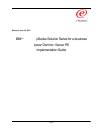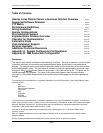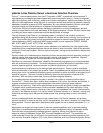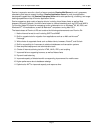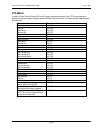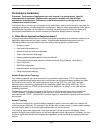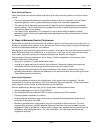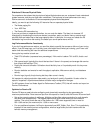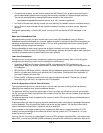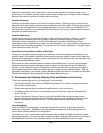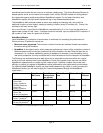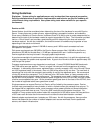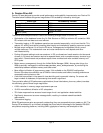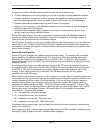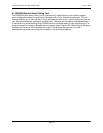
Other Workload Factors
Other factors that can impact the actual load that a given user community places on a Domino server
include:
Ÿ The extra overhead associated with a significant number of dial-up connections, such as mobile
employees getting E-mail or suppliers accessing a supply chain automation application.
Ÿ The extent to which applications access back-end data like relational databases and transaction
monitor systems. As you might expect, the greater the number of network layers and connections
involved, the greater the overhead.
Ÿ The design of your applications. For guidelines on how to design efficient Web and intranet
applications, see the Lotus white paper Maximizing Application and Server Performance in Domino
(January, 1999).
B. Steps to Maximum Domino Performance
Performance monitoring and analysis tells you whether a server is up to the strain you're putting on it, or
whether it's cracking under pressure. It can also help you find the limiting factor in a server configuration,
as well as a bottleneck elsewhere in your network.
Monitoring and analyzing server performance is not easy. It can seem like more trouble than it's worth at
times. But there simply is no substitute for it; in the long run, it will save you far more time and money
than it costs. And you'll improve your network's efficiency and reliability in the bargain.
One key piece of advice transcends all others: Keep a "holistic" perspective on the process. Likely
pitfalls in performance analysis are:
Ÿ Basing your analysis on a single performance metric.
Ÿ Looking for a single step that will solve all your problems. Factors that impact performance are
interrelated. So there's almost always more than one move you'll need to make.
Ÿ Making across-the-board decisions or recommendations. Each server or platform has unique
workload characteristics, related to the databases on the server and what users are doing with them.
These differences can be important.
Know the Configuration
Domino administrators should know the configuration of the servers they're supporting. The main
components of any server are memory, CPU, and disk (both logical and physical). Things like onboard
cache memory and the number of disk controllers are also important.
Here are additional tips that may help you find configuration-related problems faster:
Ÿ Use the fastest disks you can find (10,000 RPMs).
Ÿ Use hardware RAID over software RAID; it's faster and there's less CPU overhead.
Ÿ Processor speed is important for indexing.
Ÿ An adequate disk subsystem means lower memory requirements because fewer temporary I/O
buffers are cluttering up your RAM.
Ÿ Beware of standard server configurations; they are not optimal for Domino servers. The most
important thing missing is typically adequate disks and controllers. See your hardware vendor's
NotesBench
®
data for guidelines. (In other words, configure your systems like the folks who ran the
NotesBench tests configured theirs.) For more information, visit http://www.notesbench.org
(registration required).
Lotus Domino Server R5 Implementation Guide June 18, 2001
Page 8



